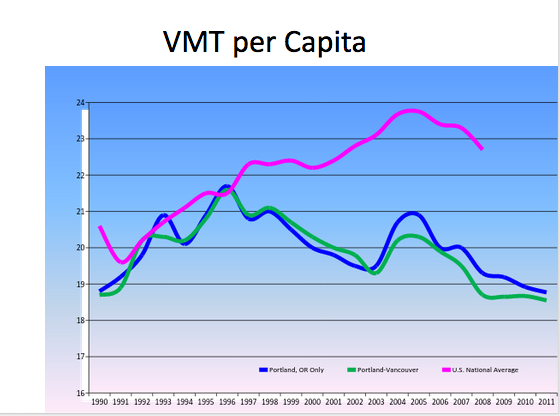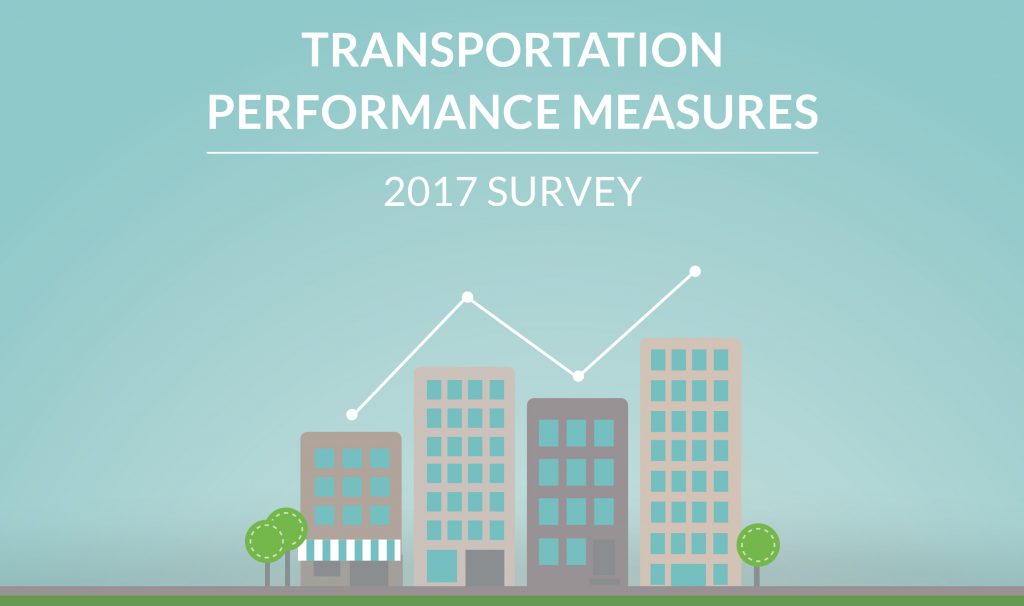
Thanks to action taken by Congress, metro areas will be required to use a data-driven process to measure the performance of their transportation spending. But some metro areas already go far beyond the modest new federal requirements. T4America’s new national survey of over 100 metro planning agencies examines the current state of the practice — and where it’s headed.
The federal transportation law enacted in 2012, MAP-21, ushered in a new era by requiring metropolitan planning organizations (MPOs) to start evaluating the performance of their transportation investments against a handful of federally required measures. (We’ve written about this just a bit over the last few years.)
Some metro areas have been doing this for years, going far beyond the federal government’s modest new requirements (such as safety or condition of roads & bridges) to assess their transportation investments in terms of more ambitious goals like return on investment, public health and access to jobs. With the new suite of measures finalized by USDOT in early 2017, it’s no longer an option for MPOs now — it’s a requirement.
To find the answers to some of these key questions and establish a state of the practice, T4America conducted a national survey of 104 MPOs from 42 states in 2016. Our survey tried to assess:
- How many MPOs are already using performance measures in some form?
- How many are interested in going beyond the new modest federal measures?
- What’s keeping them from doing more?
- What other key goals and metrics are they interested in measuring?
Among a range of interesting findings, we discovered that the majority of the MPOs surveyed (75 percent) are already using performance measures in some fashion. However, there is significant room for improvement in how they use them — only 30 percent of all MPOs utilize performance measures to evaluate specific projects for inclusion in the fiscally constrained five-year plans that govern all short-term spending.
While most MPOs are focused on meeting the new federal requirements, two-thirds of all agencies surveyed also want to become national leaders in using performance measures — including many MPOs currently doing only the minimum or just getting started. When it comes to additional measures outside of MAP-21’s modest new requirements, nearly half of MPOs surveyed chose equity and/or health as one of the five additional goals they are interested in measuring and assessing.
View the full survey results here.
Apply for technical assistance from T4America
In addition to the survey, T4America is today announcing a new technical assistance program specifically designed to help MPOs successfully respond to federal, state and local requirements. Find out more about applying, including info on an upcoming webinar to explain more about the application process.




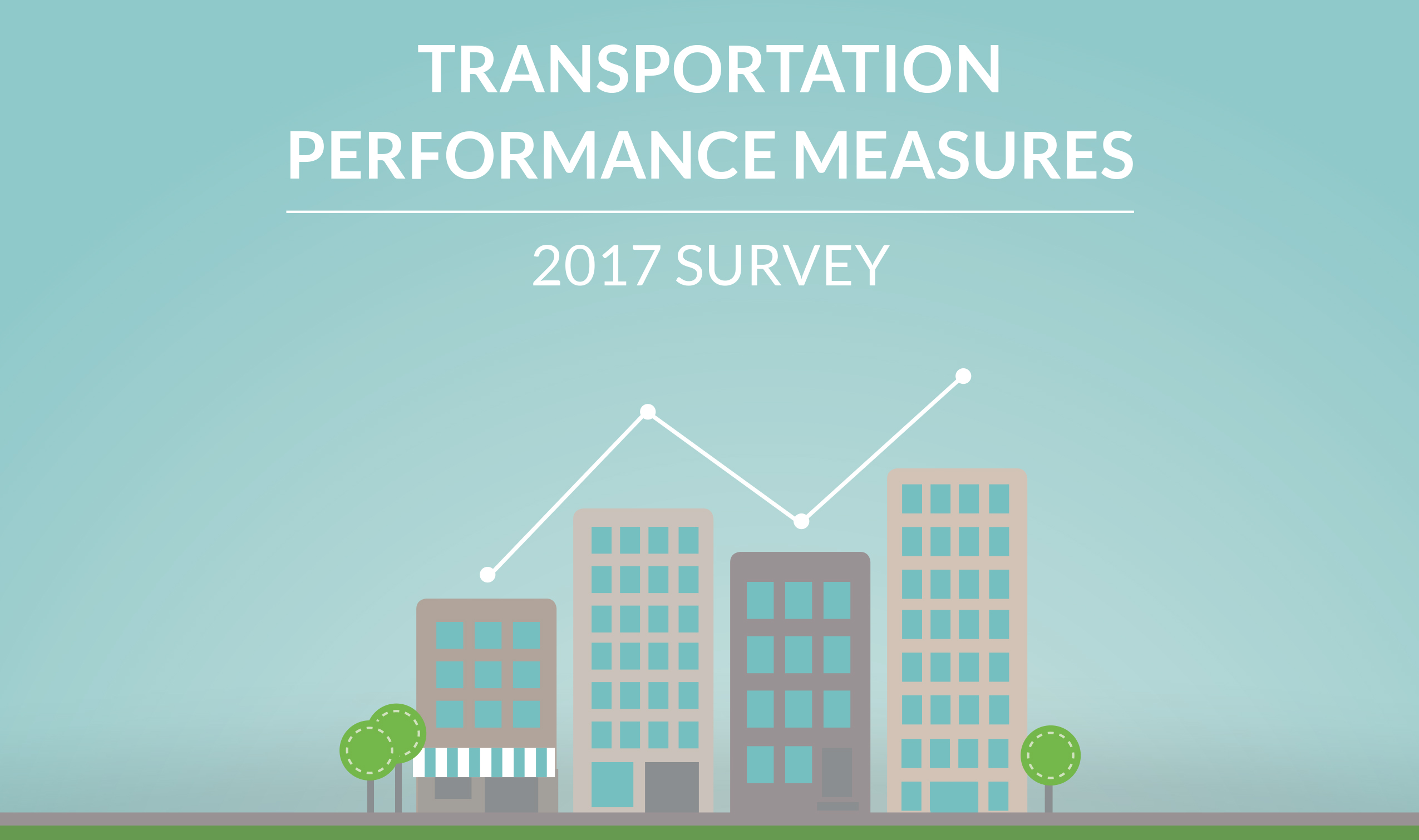
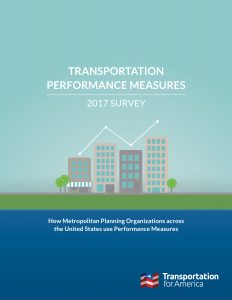
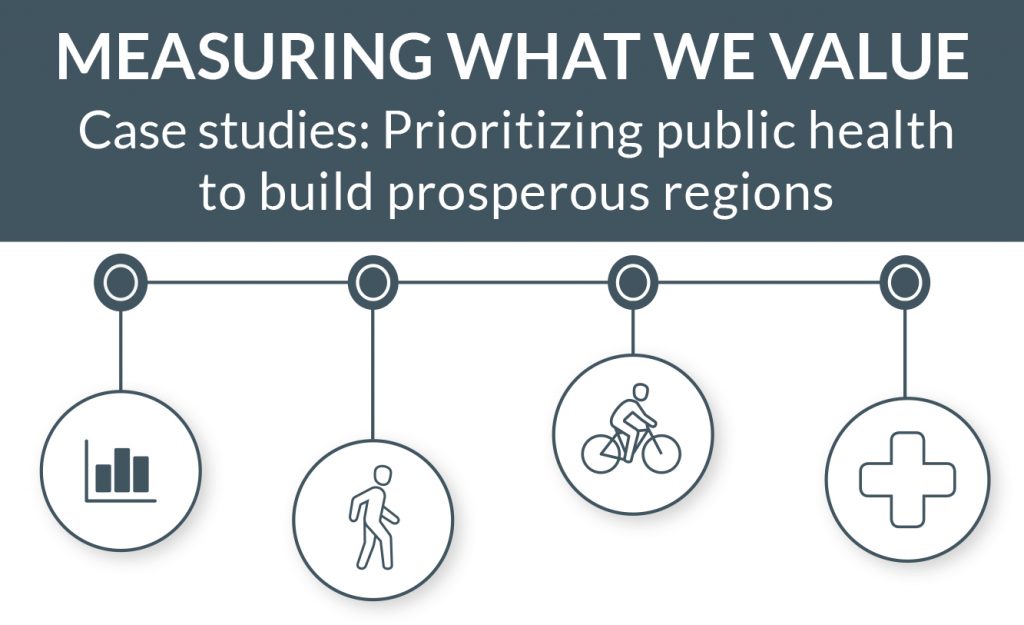


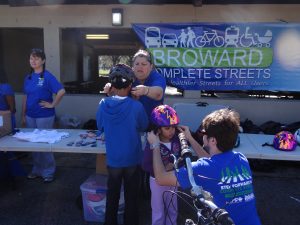

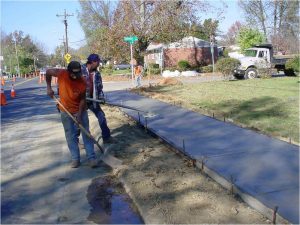

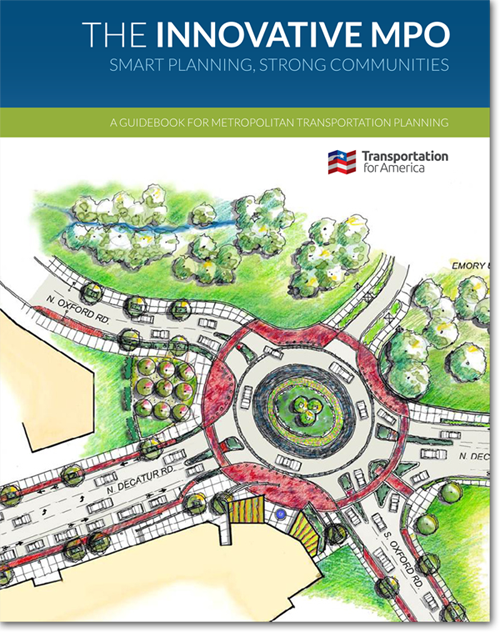
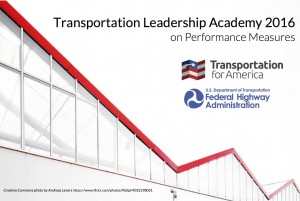

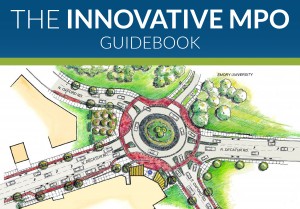 Join experts from T4A and the Indian Nations Council of Governments (INCOG) from Tulsa, Oklahoma, to learn helpful techniques that support planning processes and community partnerships.
Join experts from T4A and the Indian Nations Council of Governments (INCOG) from Tulsa, Oklahoma, to learn helpful techniques that support planning processes and community partnerships.
